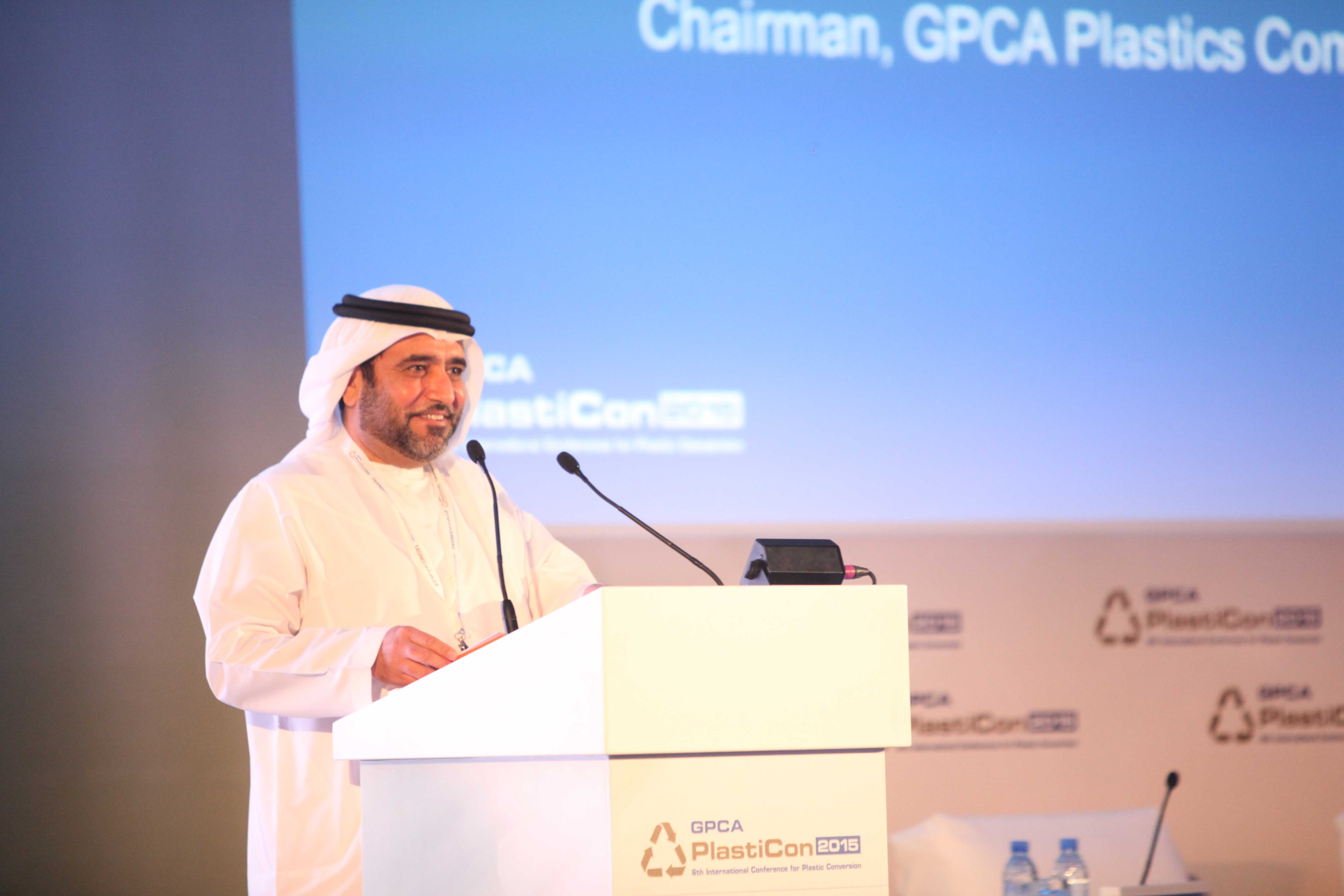
Business
GCC plastic industry must follow market and demographic trends to overcome price fluctuations, advise speakers at 6th GPCA Plasticon
Plastic manufacturers must develop strategies that can overcome global feedstock challenges and meet demand from high population growth regions in order to continue to grow and prosper, said speakers today at the 6th annual GPCA Plasticon conference in Dubai.
Major regional developments in the areas of automotive, aviation, renewable energy and other industries provide opportunities and demand for the local plastics industry, said Abdulaziz Alhajri, Chief Executive Officer, Borouge and Chairman of the GPCAs Plastics Committee, in his keynote speech. This, in turn, fosters demand for the education and training of young people by generating employment and career opportunities for Gulf nationals.
We are not here to forecast the prices of oil because we cant even predict what the price will be next week, said Ziad S. Al- Labban, Chief Executive Officer, Sadara, commenting on recent developments in the regions energy sector, which has seen a 50% decline in oil price over the last six months. What we can do is to chart trends in the polymer industry to figure out where the market is headed.
In Asia and India, high demand for petrochemicals has far outstripped the level of supply. This region has added 150 million tons of capacity since 1990 but supply is not fulfilling demand. So this [region] has the potential to be a major market for GCC polymers.
Historically, the middle class has been a major consumer of polymers, and with global population set to include over 60% of people within this demographic by 2030, demand for commodity plastics will grow, explained Al- Labban.
However, as nations develop, the production side of the petrochemicals industry evolves towards manufacturing more specialty chemicals. Today, the GCCs products portfolio consists of only 0.2% of specialty chemicals and this will need to change, said Al- Labban.
Al- Labban highlighted that the region must leverage its core strength of being strategically located in close proximity to areas that will experience population growth spurts. 40% of the worlds population is within 3,000 kilometers from our manufacturing units.
Moving forward, companies in the GCC must also use technology to withstand market uncertainties. At Sadara, we have the worlds largest mixed feed cracker. Two of the twelve furnaces in our facilities can swing from gas to liquid feedstock depending upon the market conditions, explained Al-Labban. I recommend creating value by using technology to go into specialty products because the future in commodities is limited.
These sentiments were echoed by Abdullah bin Saleh Al Suwailem, Chief Executive Officer of Petro Rabigh.
The GCC petrochemical industry is a gas based industry with limited liquid feedstock capabilities, said Al-Suwailem. Refocusing our commodities base towards a more specialty chemicals portfolio will open up growth and investment opportunities. These value creating products are also aligned with the national strategies of GCC governments as they offer significant opportunities for job creation.
While challenges associated with the oil price decline may have an effect in the coming months, there are also other market fluctuations that have affected the regions petrochemical producers recently.
Legacy thinking of the GCCs competitive advantage includes the lowest polymer price globally, low utility and labor costs, strategic location among others, said Mosaed Al-Ohali, Executive Vice-President Polymers, Sabic. However, this is changing. If you look at polymer trade with the EU between 2013 and 2014, there is a US$200 per ton loss in competitiveness due to a rising import tariffs, increasing labour costs and a growth in inflation.
Despite these obstacles, there are also opportunities.
We are living in an inverted world-- and the world continues to change. Today, the share of GDP growth shows that emerging economies outpace their advanced counterparts, continued Al-Ohali. This could lead to big opportunities for our business.
In 2014, the GCCs polymer capacity reached 25.5 million tons, a 6% increase from the previous year, according to the GPCA. Saudi Arabia leads the regions plastics production market, manufacturing an estimated 18.3 million tons, or 72% of the regions polymer production capacity. United Arab Emirates follows the Kingdom, holding the regions second largest plastic production capacity, or 13% of the regions polymer capacity. Additionally, the GPCA predicts that industry will manufacture an estimated 33.3 million tons of polymer products by 2020, a 25% growth from present capacity.
Plastics improve the lives of millions of people every day, said Dr. Abdulwahab Al- Sadoun, Secretary General, GPCA. From lightweight automotive parts that reduce the overall fuel consumption of cars, to safe packing for food products, plastics make up the building blocks of several industries. While there is a necessity to fulfill present demand, what the regions plastic manufacturers also need to plan is the products that will change the lives of billions in the next 10, twenty or even thirty years.
The 6th annual Plasticon hosted 300 delegates and 18 speakers over a two-day conference.
For more information, please visit http://gpcaplastics.com/2015/
📢
Advertisement Space
750x200 pixels
Click to book this space
Comments (0)
Please log in to post a comment
Login to CommentNo comments yet. Be the first to share your thoughts!